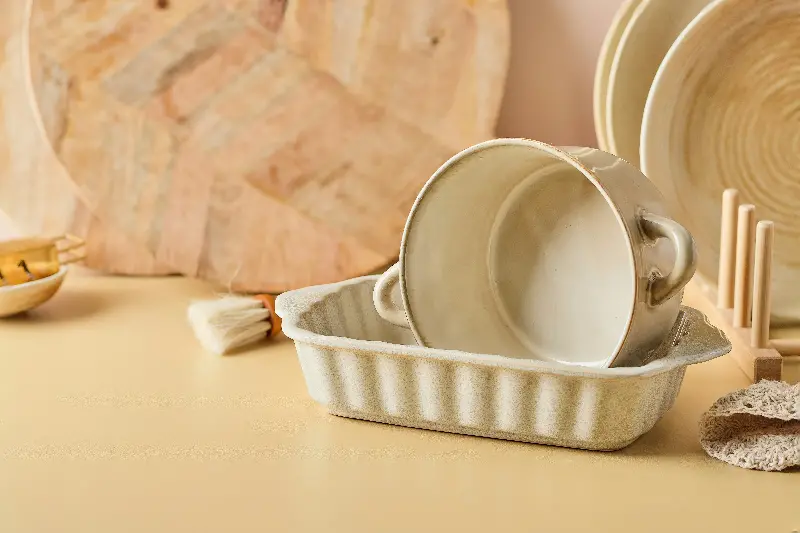
There’s a world of choices when it comes to modern nonstick cookware, but three options often lead the debate: ceramic, granite, and enameled cast iron. Whether you’re a Sunday morning pancake pro, a busy family chef, or someone finally treating themselves to a proper kitchen upgrade, picking the right nonstick cookware matters. Let's dive into the facts, bust some myths, and help you figure out which of these trendy options really deserves a spot on your stove.
Ceramic Cookware: Lightweight and Eco-Friendly
Ceramic cookware continues to win hearts thanks to its sleek look and eco-friendly reputation. Unlike its Teflon-coated cousin, ceramic cookware uses a silica-based coating derived from sand. This means, when made properly, it’s free from PTFE and PFOA—two chemicals home chefs increasingly avoid for health reasons.
One of the huge draws of ceramic cookware is its natural nonstick abilities. Eggs slide around effortlessly, and cleaning up is as simple as a quick soapy rinse. This makes it a favorite for those fast weekday breakfasts or when you don’t want to spend your evening scrubbing pots. Most ceramic-coated pans also weigh less than alternatives, making them ideal for anyone who dislikes heavy lifting around the kitchen.
However, there’s a catch. Ceramic’s nonstick qualities tend to fade over time, often within a couple of years, especially if you cook at high temperatures or use metal utensils. This means a ceramic pan might need replacing sooner than more robust materials. Even so, its moderate price point and gentle cooking nature make it a lovable addition if you don’t mind an occasional refresh.

Granite Cookware: Stylish Looks and Surprising Strength
Granite cookware doesn’t actually contain granite, but its stone-flecked appearance has made it a visual statement piece in kitchens worldwide. Typically, this cookware features a carbon steel or aluminum core with a glossy, granite-inspired coating made from a mix of porcelain enamel or high-tech nonstick polymers.
Fans love granite cookware for a few reasons. First, it’s non-reactive, which means you can simmer tangy tomato sauces without worrying about the surface leaching odd flavors or harmful substances into your food. Second, the surface is impressively slick, rivaling ceramic for stick-free performance so long as the coating remains intact.
Another perk: granite cookware is seriously tough. Unlike ceramic, it holds up better to daily rough-and-tumble, resisting chips and scratches unless you get truly aggressive with your spatula. Most granite pans are also oven-safe and dishwasher-friendly, making them great for the multitasker who needs gear that moves from stovetop to oven to sink with ease.
Still, granite cookware isn’t invincible. Intense drops might crack the enamel finish, and its nonstick surface—though durable—won’t last forever. It’s also important to check that your granite cookware is truly PTFE- and PFOA-free, especially if health is your top concern.

Enameled Cast Iron: The Heavyweight That Does It All
Enameled cast iron cookware is the stuff of heirlooms. Brands like Le Creuset and Staub are known for pieces so sturdy they’re handed down through generations. The cast iron core distributes heat slowly and evenly, making these ideal for anything from searing steaks to baking sourdough. The smooth enamel coating, meanwhile, offers a nonstick-like experience—without any synthetic chemicals.
If you love slow-cooking, roasting, or braising, enameled cast iron can’t be beat. It’s oven-safe at almost any temperature and looks stunning right from the stove to your dinner table. Its versatility is unmatched; you can marinate acidic foods, cook on induction ranges, and then toss the pot in the dishwasher when you’re finished.
That said, enameled cast iron comes with two key drawbacks: weight and price. A typical dutch oven can feel like you’re hauling a kettlebell around the kitchen. Dropping one is not advised, unless you’re fond of cracked tiles or bruised toes. High-quality enameled cast iron also requires a bigger initial investment—though many argue it pays for itself over decades of use.
